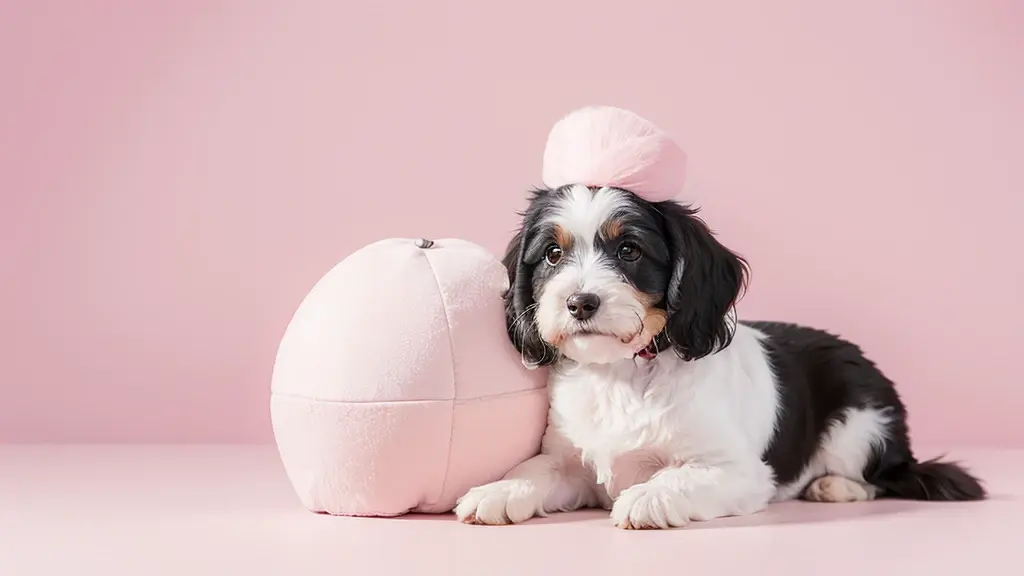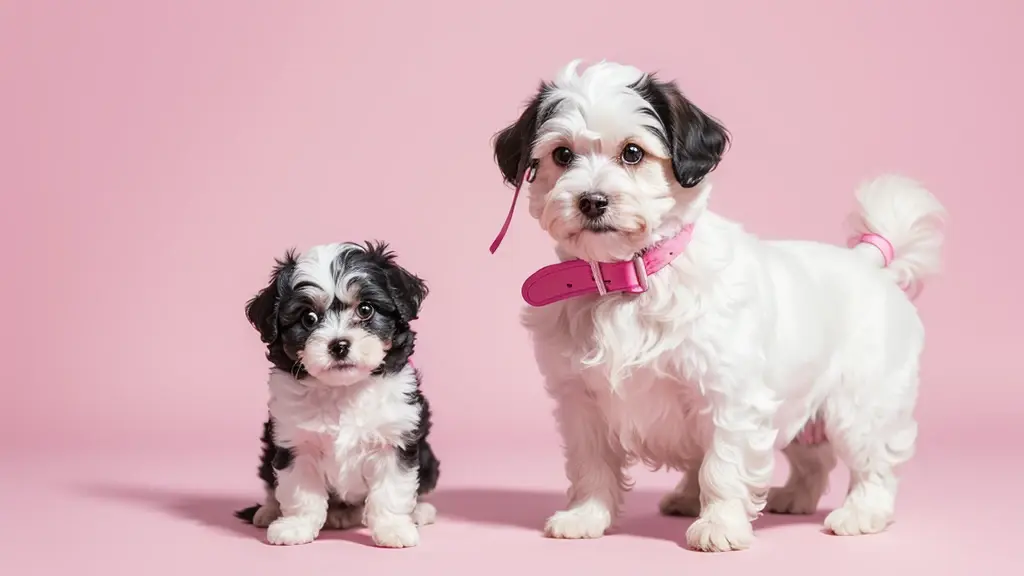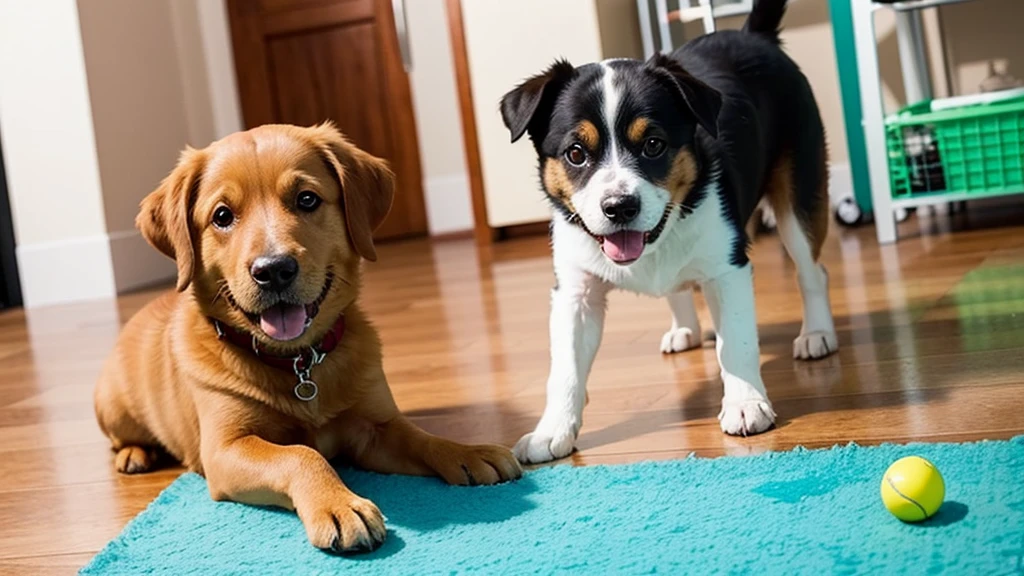Tiny and Sparse
The Havanese is the tiniest dog breed about 28 cm shoulder height and weighing up to 6 kg. These appealing, small dogs come in various shades apart from the typical bichon white, brown, gray, fawn, and even the spotted ones. Their coat may not always have an undercoat and it has a long silk topcoat that can grow up to 18 cm.
A Bountiful Legacy
Havana is but one among other European bichons, such as Maltese and Bichon Frise. The Havanese came from Europe and they probably ended up in South America with Spanish settlers where they were bred with local races resulting in what we know today as a stocky dog. Havana is its cultural origin; though the primary breeding center for this dog breed was Cuba. Fortunately, people in the USA engaged in amateur activities that culminated into their worldwide popularity.
Easy Companions
The Havanese is an excellent option for someone who wants a faithful and peaceful pet. They are clever and funny as they love children, which always comes with a beautiful allure of its own. They are always happy and willing to share their lives with human beings they live with. Unlike some territorial animals, these dogs do not have aggression but will rather bark to get attention.
Trainable and Eager to Please
Havanese are intelligent creatures that love to learn because of this; they are very trainable. Even starters will find training these obedient dogs simple owing to the fact that all their needs revolve around trying to make you happy. However, be cautious about their cunning nature. They won’t miss anything if taken care of by some high-intelligence dog breeds like Bichon Havanese that can understand their privileges then demand them afterward, maybe like sleeping on your bed. It is important that all members of the family set up firm rules before your Havanese arrives at home. You may also take it for puppy training classes to teach it basic commands as well as socialize it.
A Plethora of Amusements for the Happy Hound
In spite of being small, these incendiaries love exercise, though their needs are easily met. They will happily walk with you on long distances and enjoy playing. In addition to that, they learn fast so you should think about teaching them some tricks. This is one of the most engaging ways of boosting your small dog’s mental and physical stimulation!

Feeding Considerations and Requirements
Habaneros can sometimes be particular about what they eat, though this is not always the case. Ensure that you check their weight regularly before adjusting food amounts accordingly. Dental chews also form a part of your diet and assist in cleaning teeth. Introduce dietary changes gradually to avoid stomach upsetness. Meanwhile, make sure that fresh water is available constantly.
Silky Coat Maintenance
To avoid mats, Havanese dogs need to be groomed frequently because of their attractive coats. Start bathing your puppy as early as possible. You can remove any hair that is growing near his eyes by tweezing it or gently cutting it with scissors. Examine and shorten its claws after every month if need be. Their long silky coat texture and limited shedding make them somewhat less manageable than other longhaired breeds.

General Health and Other Considerations
Havanese dogs are usually healthy except if they have been poorly bred, live in unhygienic environments or their owners feed them the wrong type of food. Before breeding, responsible breeders screen parent dogs for potential diseases.
Like most small dog breeds, Havanese can get patellar luxation (slipped knee caps) and eye problems such as progressive retinal atrophy (PRA), which causes blindness eventually. Ask breeders for documented health screenings of both parents.
It is necessary for breeding dogs to have regular eye examinations carried out on them since irregularities may indicate complications that could result in blindness later in life; this is what makes regular check-ups significant among these animals all the time. More Havanese suffer from sebaceous adenitis, a skin disease causing hair loss compared to other domesticated species themselves too.
Would a Bullmastiff Suit You?
These affectionate dogs make the perfect choice for many dog lovers including first-time dog owners. They are at home in apartments since they suit apartment living due to their moderate exercise requirements and quiet temperament. While they like being close to children, they also fit well into single-person households.
The good news is that these obedient dogs are often accepted at hotels and vacation rentals. Also remember the continuous expenses of premium food, rates for pets, insurance, and regular visits to a veterinarian.
Getting the Right Puppy
Responsible breeding means more than simply mating two Bullmastiffs together; responsible breeders look for specific things in both sire and dam dogs.



